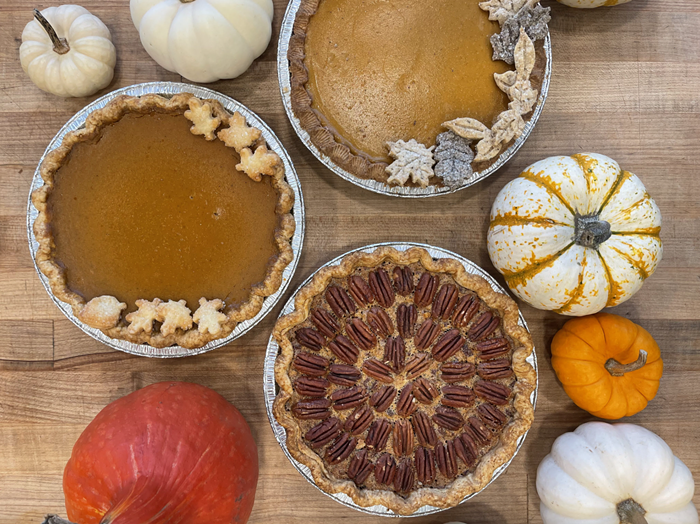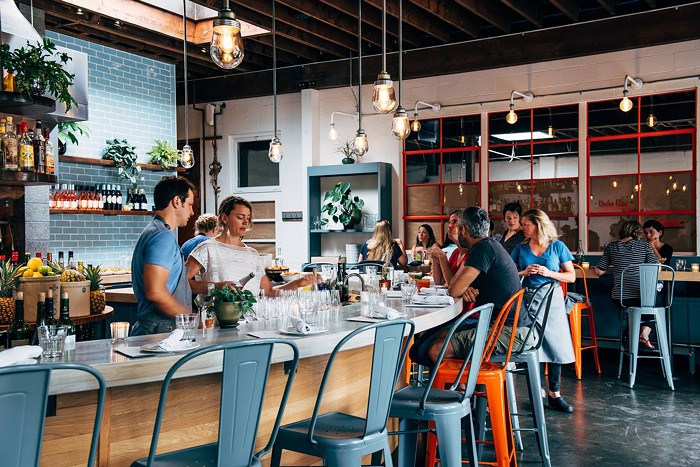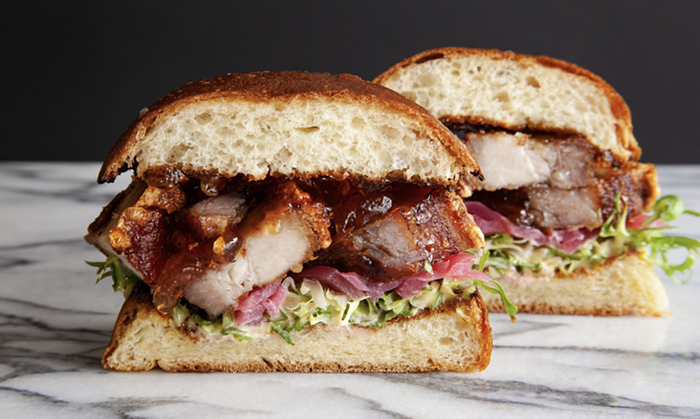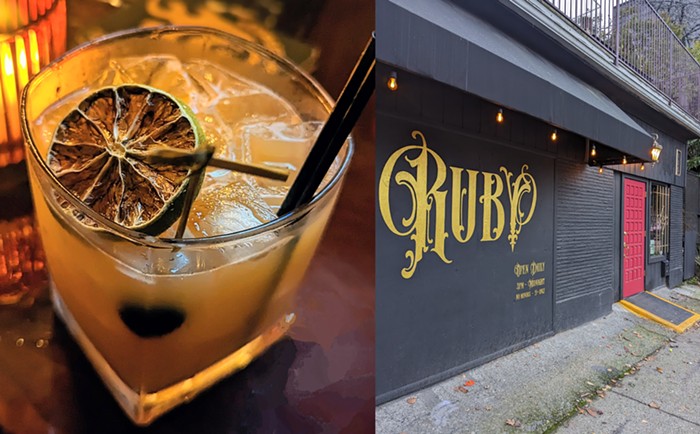
- Kelly O
- This is the indoor-outdoor room at the new Zoe that gets both too hot and too cold, sometimes both at once (click to enlarge).
In this week's Stranger, I review Restaurant Zoe, which reopened after moving to Capitol Hill a couple months ago.
The review is not favorable. (You can read it and see.)
Here's what I said about one dessert:
The Chocolate Orb dessert ($8), chocolate mousse inside a chocolate shell, had a dark, sandy-textured shape on the plate; it was pure Belgian chocolate, "kissed with a blowtorch," the server said. To reduce the work of the Belgians back to cocoa grit seemed sad, not like a kiss at all.
Zoe pastry chef Andrea Terrenzio sent me an email about it—a nice email, but one calling me out a bit. I responded, and she responded to that. Those of you who like inside-dessert-baseball are going to love this exchange. (The rest of you may fall asleep.) It's after the jump.
(Posted with Andrea's permission)
Dear Bethany,
As pastry chef at Restaurant Zoe, I was disappointed to read that you didn't understand and enjoy all of your dessert. Working early mornings, it can be difficult for me to spend enough time with the waitstaff to ensure they are thoroughly versed on every aspect of the dessert menu. Still, they should know that the chocolate and cocoa used in the chocolate orb dessert is Valrhona (already on the menu once, in the bour-bons description), and should have been able to explain that liquid sable for you. The "dark, sandy-textured shape on the plate" was actually the cocoa sable, as listed on the menu description.
Sable is French for sandy - perhaps advanced pastry vocabulary that the average diner might not know, but easy enough to translate when fact-checking - and a sable is a sandy cookie, similar to a shortbread cookie, but with the addition of egg yolks. A sable should have a crumbly, sandy texture, barely hold together, and melt in your mouth. In the case of the chocolate orb, the sable has been liquified after baking to create something with cookie texture - the sandiness you discovered - without being too firm to get a fork or spoon through. I wanted to avoid the hard cookie shattered with a fork flying across the room phenomenon. The sable is solid in the fridge and liquid above about 100F, so it is warmed briefly with the torch to bring it up to room temperature, both so that the orb halves can stick into it for support, and to make it easier to eat. Honestly, the cocoa sable scraps are one of my favorite things to nibble, they remind me of oreos. I wish you could have loved it as much as I do, and I hope now you understand what that dark sandy shape was all about.
warm regards,
Andrea
Hey Andrea,
Thanks for reaching out and being so measured about this. I know it's hard to have your work criticized, and I want you to know that it is something I do with a lot of thought and a heavy heart. I am familiar with sable in the cookie form, and I figured that element of the Chocolate Orb was a reimagined sable—I discussed it with our resident dessert expert Megan Seling, too. (She's the one who bakes things inside other things—she's got a book coming out—and she's always curious to visit pastry chefs and see what they're doing, if you ever want to extend an invitation.) And I actually love a dry cookie; I usually have shortbread or speculaas or something similar with my coffee every morning (I justify it as being an acceptable breakfast in Europe!). But a more in-depth discussion of the sable thing would've put me far beyond my word count. I'm sorry about that; I would've liked to give it more explanation.
I would respectfully suggest that you check in with the dinner crew to make sure they're carrying out your vision. To my recollection, the two orb halves were not stuck into the sable at all, but separate from it on the plate. And the sable seemed more than warmed briefly—it really was granular, nowhere near solid or liquid, if either of those is your intent. It tasted slightly nutty, but mainly had a scorched flavor. And the waitperson did specifically tell me that element was just Belgian chocolate, so you will want to make sure they're not providing misinformation.
I'd be happy to respond online, too. It's a pity if what the waitperson told me and possibly the kitchen over-blowtorching is the only thing that's out there about your dessert.
Best,
Bethany
Bethany,
Thanks for the kind words and taking the time to expand on your experience here. I was confused as to how an experienced food writer couldn't identify the cookie out of four components on the plate, now it's clear it was distinctly not how it was supposed to be. It should be sandy, semi solid, but above all chocolatey and delicious and certainly not scorched. Of course you know your cookies!
Overall, I think we have a really strong crew and I try not to be too anal about plating specifics, but it sounds like I need to put a little fear into a few hearts. Misinformation and people BSing instead of just admitting to not knowing is a huge pet peeve of mine. Scott Staples calls me his pastry goddess, I'd hate for the rest of this town to think I'm ok with putting burnt mystery grit on the plate, because I'm not!
Take care,
Andrea
Thanks, Andrea—you rule.


















